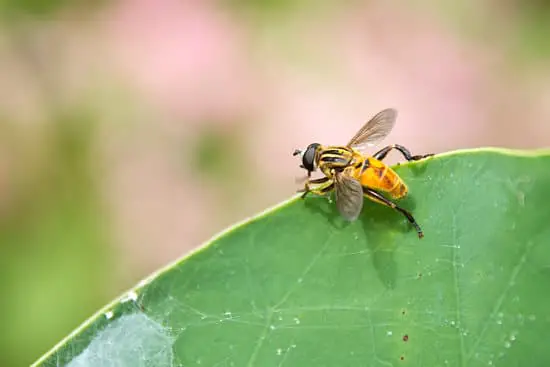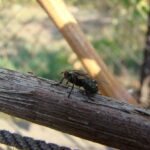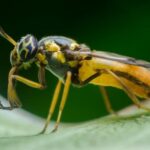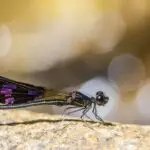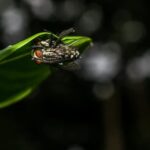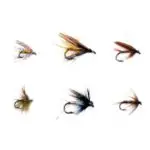How Fruit Flies Form Groups
The life cycle of a fruit fly is relatively short. Adult females lay up to 2,000 eggs in fruit and other materials that are damp or rotting. The eggs hatch within 30 hours and the tiny larvae feed on the fruit. In eight to 15 days, the larvae develop into an adult fruit fly.
It is unclear what triggers the fruit flies to cluster together. They have a highly focused sense of smell, which allows them to follow the faint scent of fermentation to get into the host’s food. This mechanism may be a way for flies to find food and escape predators. Regardless of the reason, the process of group formation is an important part of animal behavior.
Adult fruit flies live for about a month. They emerge from the pupae stage with six legs and wings. After feeding on their food source, the larvae migrate to a dark, dry place where they can pupate. Adult fruit flies live for approximately a month and a half before laying their eggs.
Scientists use fruit flies to study the development of diseases, aging, and cellular structure. One of the main causes of death, cancer, has been studied by scientists using fruit flies. Researchers hope to discover new methods to fight cancer and prevent the spread of it.
